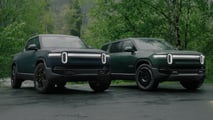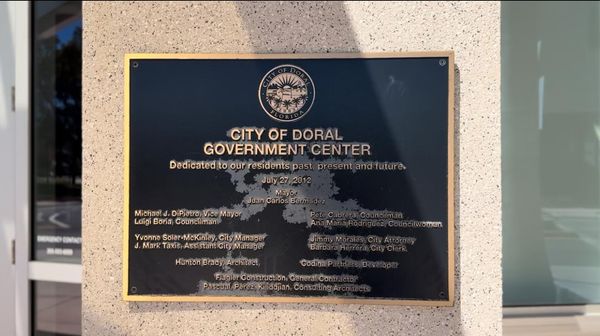
- The 2025 Rivian R1T with the Dual Motor and Max battery pack setup is Rivian's longest-range model.
- It's EPA-rated for 420 miles on a full charge.
Rivian’s refreshed EVs, the R1S and R1T, have dozens of meaningful improvements under the skin. There’s a heat pump, which improves efficiency, and several other tweaks that are meant to make the car easier to manufacture and ultimately cheaper for the end user, including a lithium iron phosphate (LFP) battery for the entry-level version.
The other battery pack versions are also different from the pre-facelift vehicles, and they should be better in every way–that’s to be expected from a refresh. However, as our friend Kyle Conner from Out of Spec Reviews found out, that’s not necessarily the case.
He drove a brand-new, 2025 Rivian R1T with the Dual Motor drivetrain and the Max battery pack to find out how good of a road-tripping vehicle it is. And as it turns out, it could have been better.
With an EPA-rated range of 420 miles and a usable battery capacity of 141.5 kilowatt-hours, the EV was driven down to a 10% state of charge en route to a Tesla Supercharger that’s open to all electric vehicles. During the trip to the Supercharger, the battery was preconditioned and was ready to take in the maximum amount of kilowatts available for a 400-volt battery like the one in the R1T–250 kilowatts.
After plugging in the DC fast charger, the electric pickup refused to go over 173 kW, even though the battery was preconditioned and there was no thermal limitation on the charger side. The charging session was stopped after exactly 15 minutes, and the state of charge level went up to 36%. In total, the R1T had taken in 43 kWh of energy during the 15-minute stint.
Then, Conner hit the road at a constant speed of 82 miles per hour on the highway. The problem was that the adaptive cruise control wouldn’t work, so he had to use the accelerator pedal to keep the speed constant, like in the old days.
During the whole test, the climate control was running on Auto and the air suspension was manually set to the lowest level to improve efficiency. After just 75 miles on the highway, the R1T’s state of charge was back at 10% and the efficiency was 1.93 miles/kWh. In other words, not a great road-tripping machine, mainly because of the unimpressive charging performance.
“What an absolutely dreadful charging performance,” Conner said after unplugging the electric pickup from the Supercharger. All the elements needed for a great charging session were there, but the EV refused to accept more power from the stall. In the real world, this means owners will have to spend more time for each charging stop during long trips.
Gallery: 2025 Rivian R1T and R1S







“The Rivian is still one of the best vehicles on the market today,” Conner added, referring to the R1T’s off-roading abilities, good ride and overall driving experience. It’s in the charging department where more work needs to be done, he said.
The 2025 Rivian R1T with the Max battery pack, which uses nickel manganese cobalt (NMC) cells, starts at $83,900. It’s the longest-range EV in Rivian’s portfolio. Meanwhile, the entry-level R1T with the Standard battery–which uses LFP cells–starts at $69,900 and has an EPA-estimated range of 270 miles.
By comparison, a 2025 Rivian R1S–that’s the SUV, not the pickup–with the base LFP battery fared better in Out of Spec’s 10% road-tripping challenge. It maxed out at 218 kW instead of 173 kW, added 46.2 kWh of energy in 15 minutes instead of 43 kWh and drove for 91 miles instead of 82 miles before hitting a 10% state of charge again.







